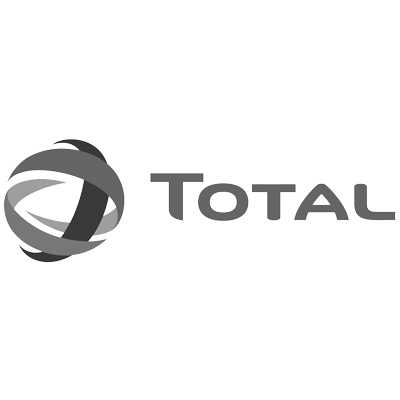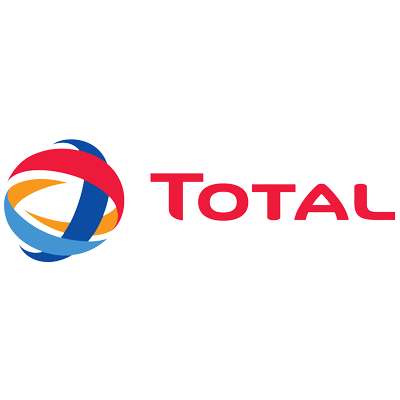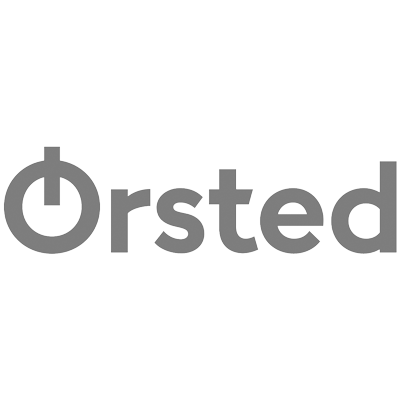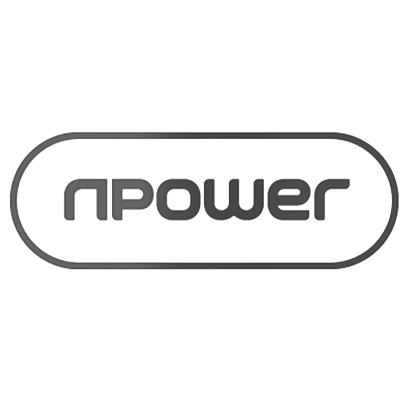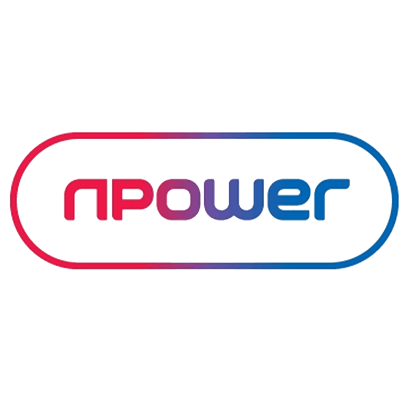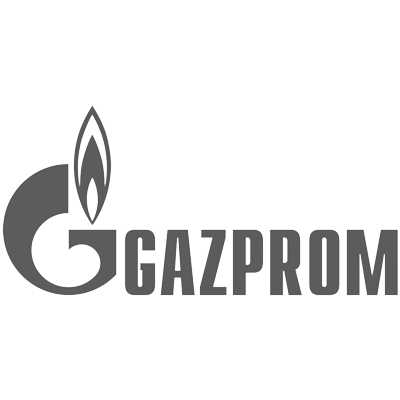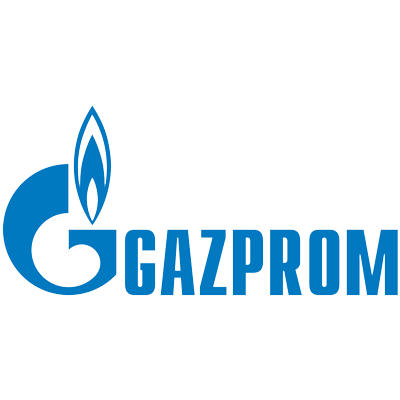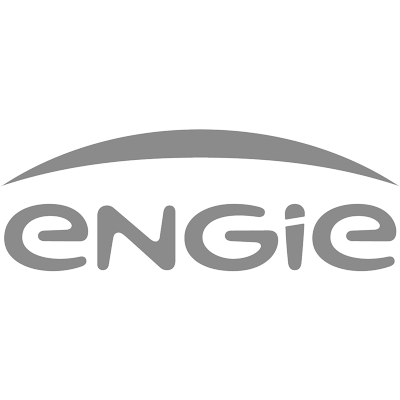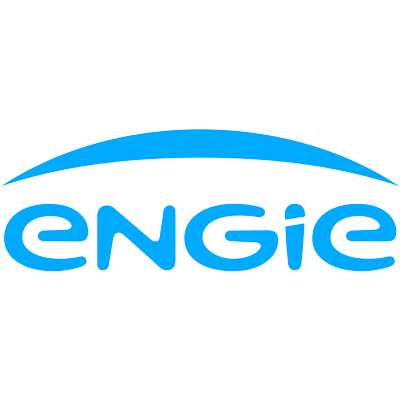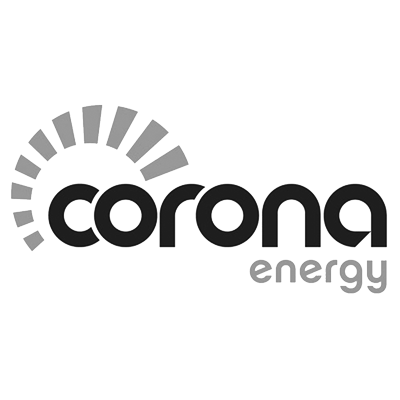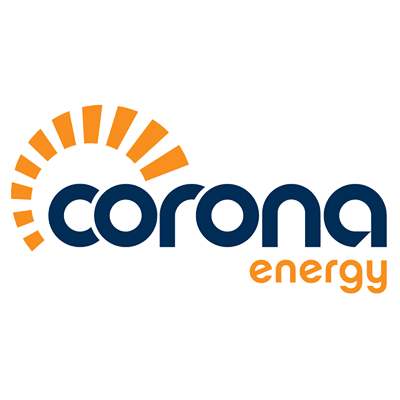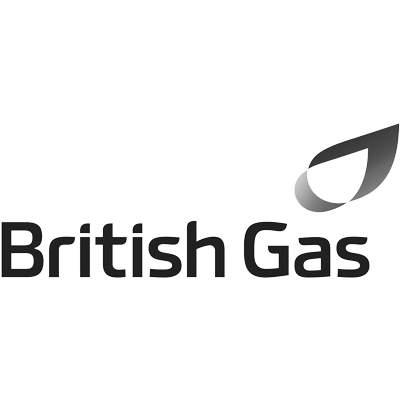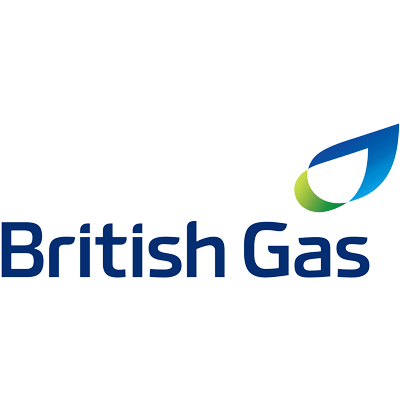Reduce the risk of uncertainty and improve cost control
Set your own energy price cap

End-to-end energy solutions tailored to your business
Use your energy wisely

Reduce carbon emissions with renewable energy solutions
How green is your energy?

WHAT WE DO
Achieve all-round energy optimisation for your company
Discover how your business can cut energy costs, improve efficiency, and lower carbon emissions by choosing Nationwide Utilities.
Speak to our teamExplore Our Technology
Intelligent software that tracks the market for you.
You set the targets, we track the market. Transparent energy market monitoring ensures contracts stay within your predefined price targets.
Mitigate risk with sophisticated energy market monitoring and tracking solutions. Meet long-term financial goals by making smarter energy decisions.
Leverage energy market volatility to secure the lowest tariffs in advance with the UK's top suppliers.
Budget Certainty
You set the targets, we track the market. Transparent energy market monitoring ensures contracts stay within your predefined price targets.
Remove Risk
Mitigate risk with sophisticated energy market monitoring and tracking solutions. Meet long-term financial goals by making smarter energy decisions.
Save money
Leverage energy market volatility to secure the lowest tariffs in advance with the UK's top suppliers.
Tailored for your industry
More about us
Sustainably optimise your business' energy efficiency.
Years of experience
Energy procured

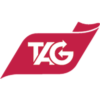
Neil Kenny
“Controlling energy usage is a key priority for us and Nationwide Utilities makes the process really simple with the online data they provide. A network of smart meters gives us easy access to our energy and gas consumption information and being able to manage this data online has helped us become much more efficient. We are delighted with the service and wouldn’t hesitate to recommend Nationwide Utilities.”

Simon Williams
“Nationwide Utilities has helped us save money through procurement at a number of international locations and provides excellent energy management support. Whilst working with Nationwide Utilities, we’ve found them to be very professional and they always respond quickly whenever we have a question.”

Feizal Muttur
“We had not used an energy broker before and looked at a few before choosing Nationwide Utilities. We are happy with them and as such have never had to change broker. Alex and David came across as gentlemen who know their business and their presentation of the products was excellent. They certainly met our expectations and where anything was not as we expected, Alex took the trouble to review, sort out and deliver. I would recommend Nationwide Utilities, without any hesitation.”

Karen Bentley
“Nationwide Utilities have helped us to cut our energy costs and we have been so impressed that we have passed on referrals.”

Darren Fox
“BrightHouse have achieved significant savings working in partnership with Nationwide Utilities. They keep the procurement process simple and don’t charge the high fees experienced with other brokers.”


